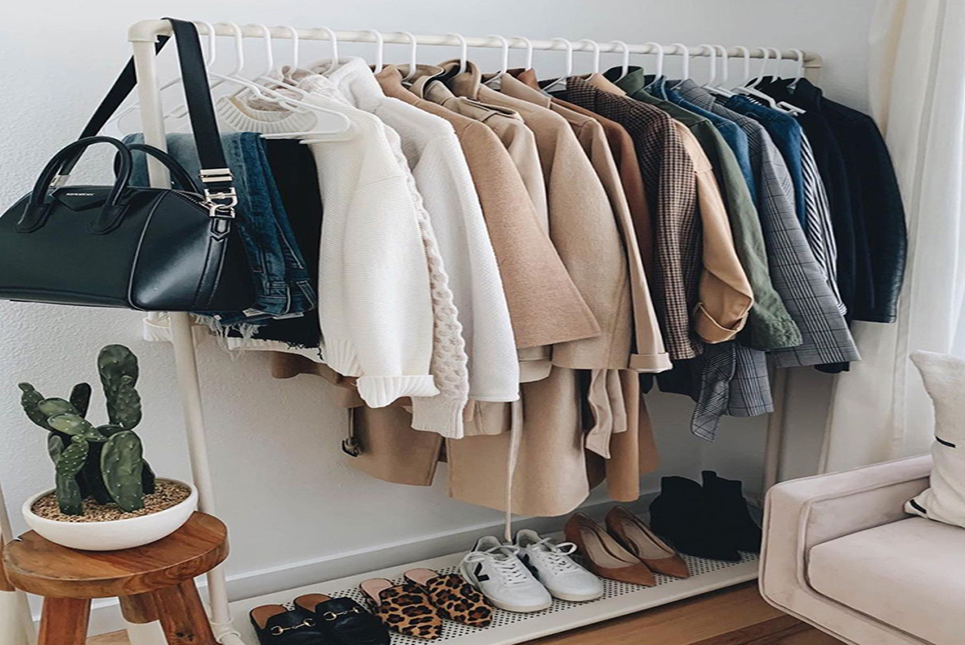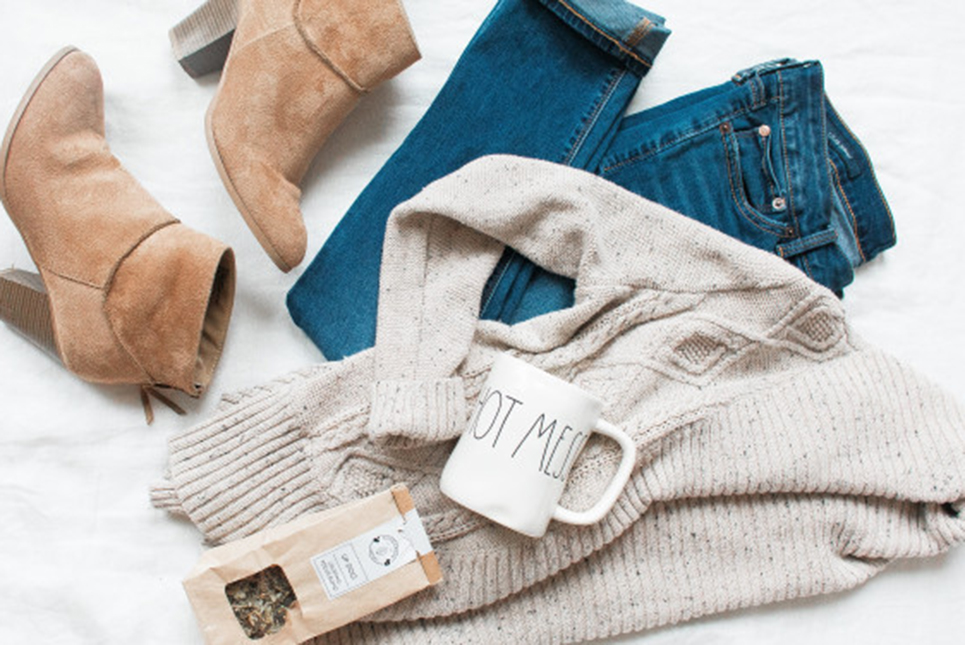
In a world where fast fashion dominates, building a sustainable wardrobe is a powerful way to minimize your environmental impact and promote ethical fashion practices. By making conscious choices and adopting sustainable principles, you can create a wardrobe that aligns with your values while still expressing your personal style.
Fashion Picks | Create Your Own Unique Style
Looking for a complete makeover from head to toe? These carefully selected brands will help you stay at the forefront of fashion! Whether it's footwear, clothing, or skincare and makeup, the following recommendations will help upgrade your wardrobe and beauty essentials, becoming a part of your fashionable lifestyle. Click now and experience your new fashion trend!
Footwear Recommendation: Saucony
The perfect blend of comfort and style! Whether you're at the gym or on the streets, Saucony offers both fashion and comfort. This renowned sports brand not only delivers exceptional foot support but also comes in a wide variety of colors and styles, allowing you to effortlessly handle any occasion.
Clothing Recommendation: Dorothy Perkins
Achieve a style of simplicity and elegance! Dorothy Perkins , a renowned British fashion brand, is loved by fashion enthusiasts for its classic yet distinctive designs. From exquisite dresses to versatile casual sets, Dorothy Perkins is your perfect choice for both office wear and everyday outfits.
Skincare & Makeup Recommendation: Stylevana
Your go-to expert for skincare and beauty! As one of the most popular Asian beauty and skincare platforms, Stylevana offers a wide range of skincare products and makeup. From hydrating serums that repair the skin to trendy makeup items, Stylevana makes it easy for you to achieve healthy skin and a flawless look.
Explore More Trendy Items!
Want to make your outfit stand out even more? Don't forget to add some fashionable accessories. Delicate earrings, minimalist bracelets, and trendy sunglasses can all add layers to your overall look. Start picking your favorite pieces now and let the details elevate your style!
Come and check out these curated brands for your must-have fashion items!
Assess Your Current Wardrobe:
Begin by assessing your current wardrobe to gain a clear understanding of what you already own. Take inventory of your clothing, shoes, and accessories, and evaluate each item’s quality, versatility, and relevance to your personal style. This assessment will help you identify the gaps and areas where you can make improvements.

Define Your Personal Style:
Understanding your personal style is crucial when building a sustainable wardrobe. Take some time to reflect on the aesthetics, colors, and silhouettes that resonate with you. This will guide your future clothing purchases, ensuring that the items you choose are aligned with your authentic style and have longevity in your wardrobe.
Prioritize Quality Over Quantity:
In a sustainable wardrobe, quality always surpasses quantity. Opt for well-made, durable pieces that are designed to withstand regular wear and last for years. Look for clothing made from high-quality, natural, and sustainable fabrics like organic cotton, linen, hemp, or Tencel. Pay attention to details such as stitching, construction, and finishes to ensure the longevity of your garments.
Embrace Timeless and Versatile Pieces:
Invest in timeless and versatile pieces that can be worn in various settings and paired with different items in your wardrobe. Classic staples like tailored blazers, white shirts, little black dresses, and well-fitted jeans never go out of style and can be easily dressed up or down. These versatile pieces will form the foundation of your sustainable wardrobe.
Choose Ethical and Sustainable Brands:
Support ethical and sustainable brands that prioritize fair labor practices, use eco-friendly materials, and have transparent supply chains. Research brands that align with your values and seek certifications such as Fair Trade, Global Organic Textile Standard (GOTS), or Certified B Corporation. These brands often have a smaller environmental footprint and prioritize workers’ rights.
Buy Secondhand and Vintage:
One of the most sustainable ways to build a wardrobe is by buying secondhand or vintage clothing. Explore thrift stores, consignment shops, online marketplaces, and local swap events to find unique pieces with a history. Shopping secondhand not only reduces waste but also allows you to discover one-of-a-kind items that reflect your personal style.
Practice Mindful Shopping:
Before making a purchase, practice mindful shopping by asking yourself essential questions. Consider whether you truly need the item, how often you will wear it, and if it complements your existing wardrobe. Additionally, assess the quality, materials, and production practices behind the item. By consciously evaluating each purchase, you can avoid impulsive buying and ensure that your choices align with sustainability values.

Care for Your Clothes:
Proper garment care is essential for extending the lifespan of your clothing. Follow the care instructions on the labels, wash your clothes less frequently, use eco-friendly detergents, and air-dry whenever possible. Repair and mend garments when needed to prolong their usability, and consider sharing or donating items that no longer serve you to extend their lifecycle.
Practice Capsule Wardrobing:
Consider adopting a capsule wardrobe approach, where you curate a small collection of versatile items that can be mixed and matched to create various outfits. Capsule wardrobes encourage conscious consumption, reduce clutter, and allow you to focus on quality, not quantity. Select a color palette that harmonizes well, and ensure that each item complements the others for maximum versatility.
Educate Yourself:
Stay informed about sustainable fashion practices, industry innovations, and current issues. Educate yourself about the impact of fast fashion, sustainable alternatives, and the importance of ethical production. By staying knowledgeable, you can make more informed decisions and advocate for positive change within the fashion industry.
Building a sustainable wardrobe is a journey that involves conscious choices, thoughtful considerations, and a commitment to long-term change. By assessing your current wardrobe, defining your personal style, prioritizing quality, supporting ethical brands, buying secondhand, practicing mindful shopping, caring for your clothes, embracing capsule wardrobing, and educating yourself, you can create a wardrobe that aligns with your values and promotes a more sustainable and ethical fashion industry.
Elevate your style with
Dorothy Perkins
– timeless fashion, always in trend!




